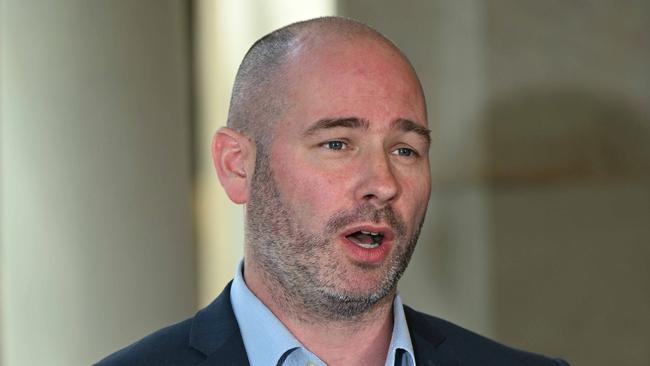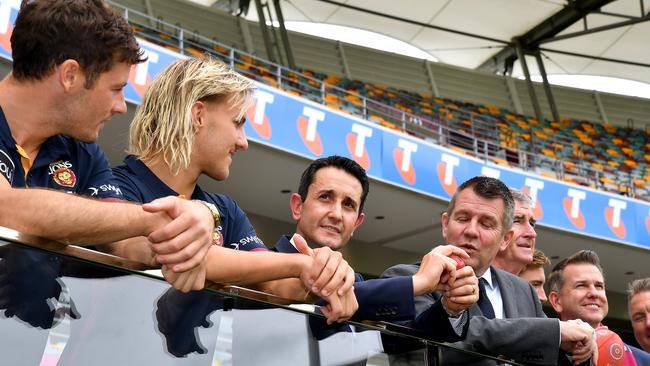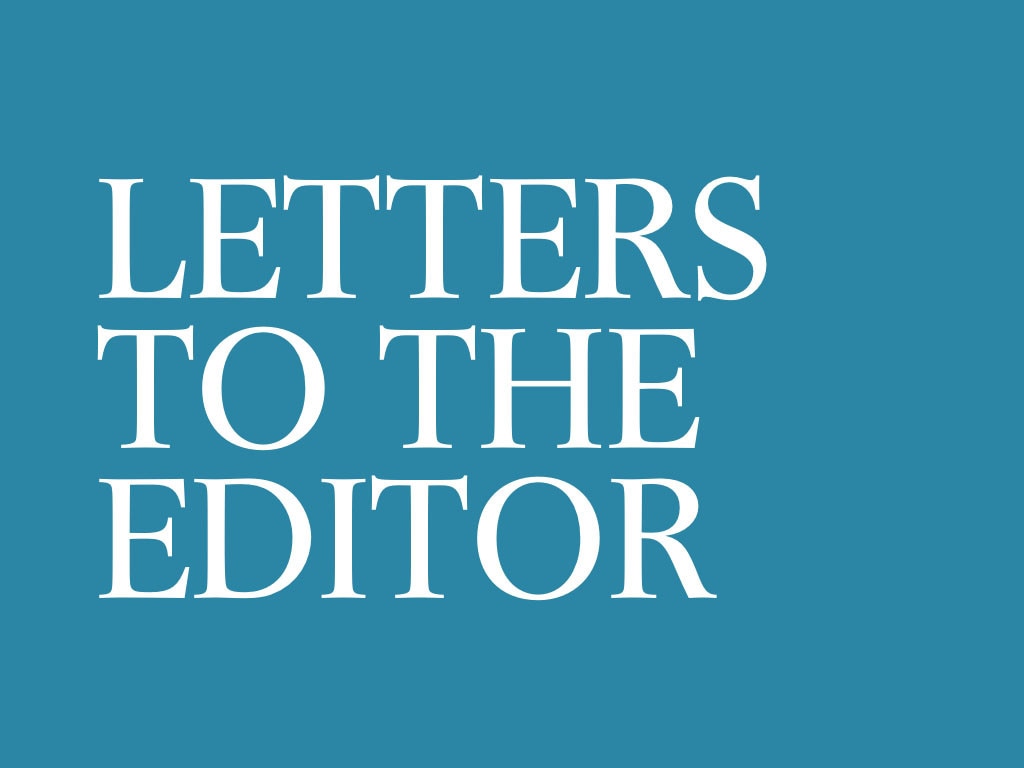Industry body records rebound in private investment in major infrastructure projects
Once shunned by governments, a new study has identified ‘green shoots’ in public-private partnership agreements, which could save taxpayers tens of billions of dollars in project costs and risk.

Out-of-favour deals between governments and private investors to build infrastructure have made a comeback and could save taxpayers tens of billions of dollars in project costs and risk.
A new study by industry think tank Infrastructure Partnerships Australia has identified “green shoots” in public-private partnership agreements to fund mass transit road and rail systems, social housing, wind farms, solar energy hubs and, potentially, major venues for the Brisbane Olympics.
This is despite the recent move by the NSW Labor government to ban PPPs for acute hospitals following the tragic death last year of a toddler in privatised emergency care on Sydney’s northern beaches.
The report, also covering New Zealand, where Christopher Luxon’s National Party-led conservative government has prioritised PPPs, found industry finance to bring “a sharper edge” to projects had surged in March, with 12 private capital-focused announcements headlined by Queensland’s plan to pull public funding from the 17,000-seat Brisbane Arena under the 2032 Games build.
The Australia-NZ PPP pipeline runs to 22 projects valued at $75.2bn, with major roadworks leading the way followed by hospitals and social housing projects.
Infrastructure Partnerships Australia found another 48 civil construction developments worth $105.5bn were candidates to be switched to PPPs backed by private capital, 45 of them in this country.

“For all of Australia’s successes with private capital over the years, we are currently under-utilising modern approaches in our infrastructure market,” IPA chief executive Adrian Dwyer told The Australian. “However, this year has yielded some green shoots of activity and … the time is now to turn these shoots into tangible outcomes.
“Challenging fiscal times call for a considered review of the opportunities to apply private finance, which can offer a budgetary lifeline through discipline during construction and efficiency over the operational life of an asset.”
The report said investors had labelled the PPP market in Australia as “short on opportunities” over the past two years, with the pipeline “slowing to a trickle”.
But the limited investable opportunities remained in demand due to the stability and transparency of the market, coupled with Australia’s strong track record in developing infrastructure.
Asked why the outlook had picked up for PPPs, Mr Dwyer said: “Over the past five to 10 years, governments have had access to very cheap money … the economy has been largely buoyant and governments have had outsized revenues.
“They’ve had an incentive to spend, and spend quickly, so they have typically looked at models which perhaps don’t have the same discipline around the deployment of taxpayer dollars. Then, as the fiscal circumstances tightened after Covid, you’ve got governments looking back and saying ‘Look, where we can bring some efficiencies into the program, we will’.”
The Brisbane Olympics build was a case in point. Under previous Labor governments headed by Annastacia Palaszczuk and Steven Miles, PPPs were rejected for both Brisbane Arena and the main Olympic stadium development. A Queensland Treasury issues paper commissioned prior to the election of the Liberal National Party under David Crisafulli last October noted IPA data that PPPs had declined as a method of major project procurement from a peak of 23 between 2005-08 to seven for 2021-23.
“This trend highlights that recent dynamics in the infrastructure market may challenge the value for money offering from the delivery of projects as a PPP,” the report said.

Mr Crisafulli opted to redirect the $2.5bn committed by the federal government to the arena – originally earmarked to host the Olympics swimming via a drop-in pool – to the $3.7bn stadium in inner-city Victoria Park, to also replace the ageing Gabba as a permanent home for AFL football and big-time cricket, a new aquatic centre for swimming and Olympics watersports nearby and other potentially underfunded secondary Games venues.
Anthony Albanese is yet to sign off on the plan, which would have the hall built privately on state land opposite the Gabba.
Mr Dwyer said delivering the proposed 63,000-seat Victoria Park stadium as a PPP could reprise the success of Optus Stadium in Perth, funded 60-40 between the West Australian government and private sector.
Other major projects cited as strong candidates for PPPs include the redevelopment of live-in quarters at the Australian Defence Force Academy in Canberra and the proposed West Australian Comprehensive Cancer Centre in Perth.
Mr Dwyer said Victoria’s ground lease model for social housing – where dwellings are developed privately on government land under a build-to-operate-transfer basis, and returned to the state at the end of the concession – had proved highly successful.
The IPA report said NSW’s legislated ban on PPPs, styled as Joe’s Law over the death of two-year-old Joe Massa while awaiting emergency treatment last September at the private Northern Beaches Hospital that treats public patients under a contract with the state, was “likely to be counter-productive to the policy objective it seeks to achieve”.







To join the conversation, please log in. Don't have an account? Register
Join the conversation, you are commenting as Logout